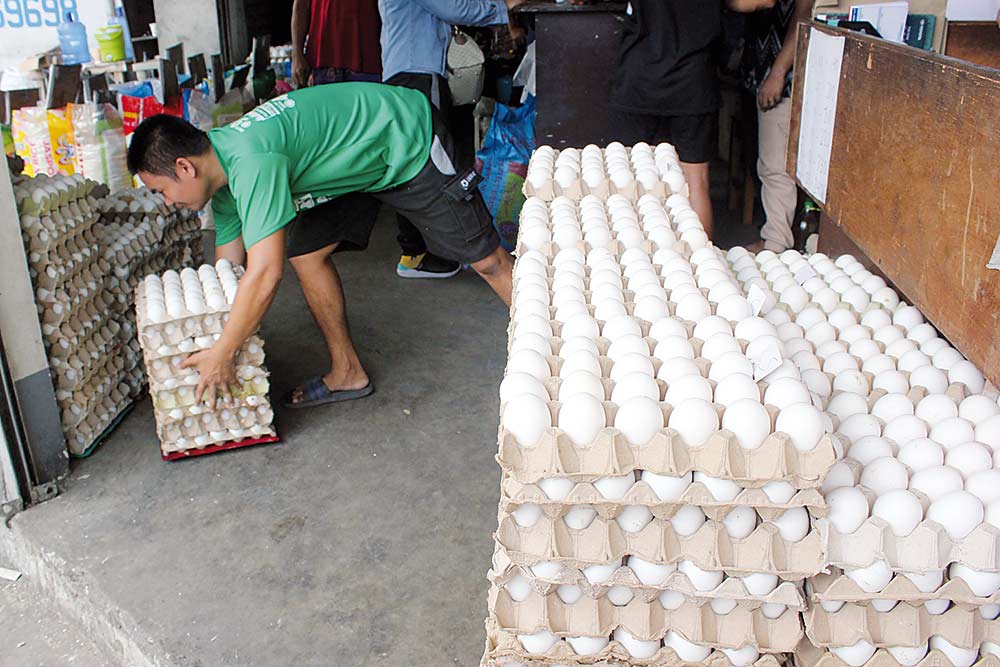Production of pork and chicken this year will improve due to repopulation efforts and a recovering economy, according to the United States Department of Agriculture (USDA).
But agency expects chicken eggs production to decline for the period because of various factors, including the local outbreak of highly pathogenic avian influenza (HPAI) in Central Luzon.
In the January 11 report released by the USDA, As for chicken eggs, USDA expects local production to drop by 20 percent to 500,000 MT from last year’s 628,000 MT due to difficulty in sourcing of parent stock (PS)-layers needed for egg layers as Europe — the Philippines’ major source of the said breed — has been affected by HPAI outbreaks.
The agency said PS-layer importation for 2021 was around 625,000 heads but from January to November 2022, it was only at 450,000 heads.
The USDA report said local pork production is expected to reach 1 million metric tons (MT) this year, up 8 percent from last year’s 925,000 MT as producers are eyeing bigger pigs.
Last year’s production was affected by the resurgence of African swine fever (ASF) cases in Luzon and Mindanao while there were also recent outbreaks in Iloilo province, dealing a big blow to the supply for Metro Manila, USDA said.
Local producers are also optimistic production will normalize soon because of the special permit application with the Food and Drug Administration for an ASF vaccine by a local company in partnership with a Vietnamese firm, but the USDA’s forecast assumes the current situation of having no vaccine.
The agency sees local pork consumption this year to reach 1.6 million MT with the expected entry of up to 600 million MT of imported pork due to the extension of lower tariffs through Dec. 31, 2023.
“Filipinos are generally pork-eaters and becoming price-conscious also. The entry of cheaper imported pork will boost consumption,” the USDA report stated.
USDA expects chicken production to increase by 4.6 percent to 1.36 million MT from last year’s 1.3 million MT as the provinces of Rizal, Camarines Sur, Davao del Sur and Bataan were declared HPAI-free.
However, the agency said the increase would have been higher if not for poultry integrators and commercial raisers’ continued fear of a big-time expansion because of the HPAI threat and the high cost of feed ingredients.
USDA forecasts chicken consumption this year to reach 1.84 million MT because of the growing economy, with chicken meat imports seen to hit 475,000 MT amid stable demand.
Based on data from the Philippine Department of Agriculture’s Bantay Presyo in select markets in Metro Manila, as of Friday, prevailing price of kasim ranges from P270 to P330 per kilogram, liempo at P300 to P400 per kg, whole dressed chicken at P180 to P220 per kg, and medium size eggs at P7 to P9 per piece. – Jed Macapagal





